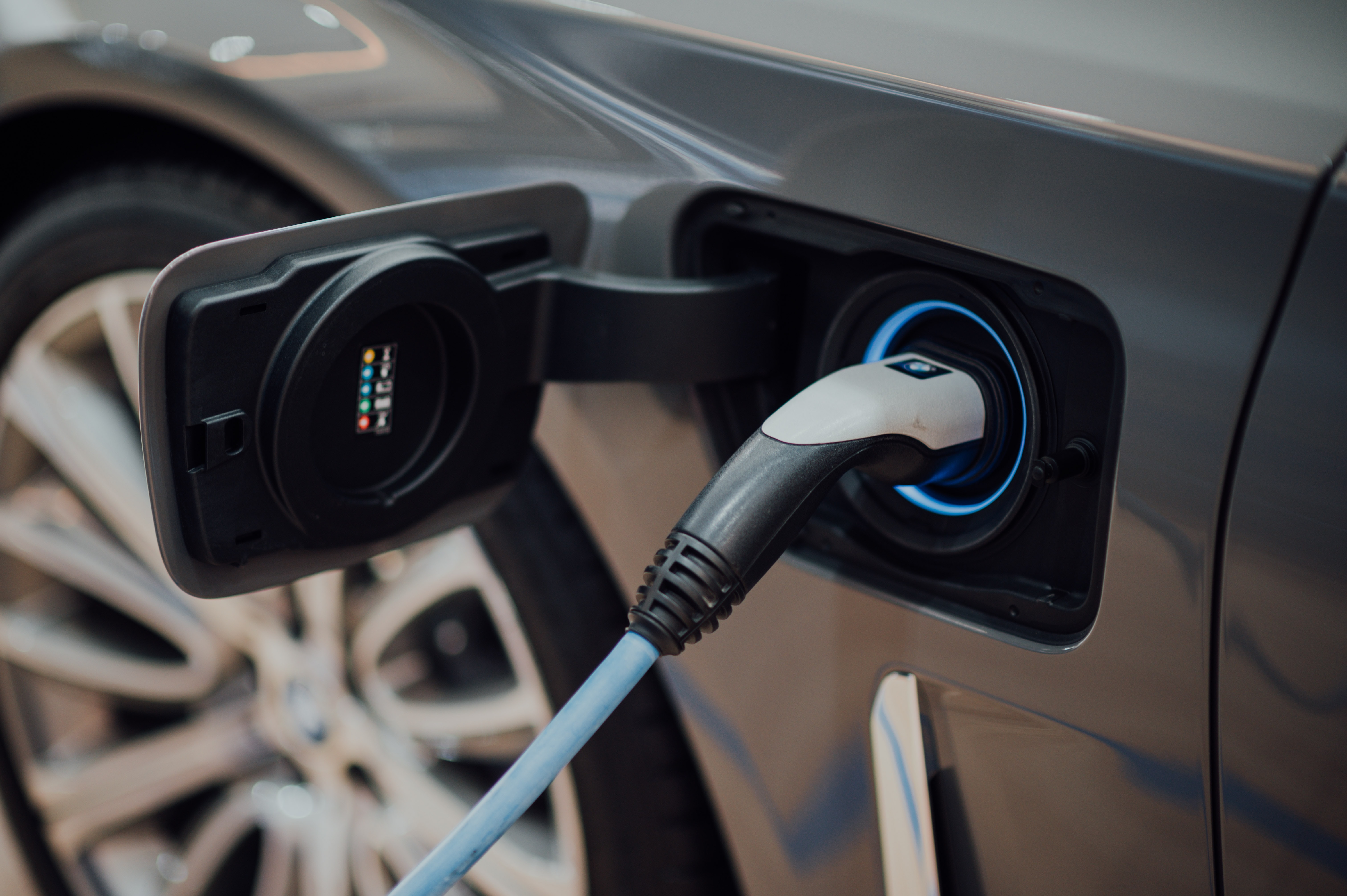Media release
From:
Investing only 1% of global GDP into green recovery would immediately cut emissions by up to 8.5%
Summary: A novel green recovery investment scenario has shown that a 1% global GDP investment could reduce global CO2 emissions by 6 to 8.5% by 2030. The researchers demonstrated that even a temporary stimulus package could potentially achieve a long-lasting reduction of CO2 emissions from energy production and industrial processes.
Main Text:
The Covid-19 pandemic not only caused a global health and economic crisis but also significantly reduced global CO2 emissions in 2020 by 6 to 7%, compared to 2019. To recover economically, many governments worldwide have invested in recovery plans to stimulate the economy and support employment. The recovery measures, however, could affect emissions for years to come.
In a study published in Frontiers in Climate, researchers from The Netherlands Environmental Assessment Agency demonstrated that if recovery packages would focus on accelerating the transition toward low-carbon energy production and improving energy efficiency in industry, this could be a significant boost toward reaching the targets of the Paris Climate Agreement. The lead author, Dr Ioannis Dafnomilis, explained:
“After successfully analyzing the results of the pandemic on global emissions in a previous modelling study, we thought it would be an interesting exercise to investigate the possible effects of a targeted economic recovery focused on ‘green’ measures and policies. At that time, governments had announced numerous recovery measures, but the focus was mostly on economic recovery in general."
“To our knowledge, we are still the only scientific team to investigate a green recovery from Covid using a multi-model approach.”
Reduction of CO2 emissions
The researchers aimed to go beyond previous works by providing a comprehensive analysis, considering the energy use, economic and emissions impacts of both the Covid-19 pandemic and potential green recovery packages using well-established models. To do this, Dafnomilis and his team focused on investments in areas that directly supported emissions reduction in energy production and industrial processes, modelling an investment plan over three years.
The results show that even a temporary stimulus package can potentially achieve long-lasting reduction of CO2 emissions by driving the low-carbon transition in crucial energy, transport, and industry sectors.
“The share of renewables in total electricity generation is projected to increase, uptake of electric vehicles is accelerated, and energy savings in industry and building sectors lead to additional emission reductions. Our findings showcase the multiple benefits a green recovery stimulus can have, in terms of minimizing CO2 emissions from energy production and industry and upscaling low-carbon technologies,” said Dafnomilis.
A strong green recovery program
The researchers highlighted it is important to note, however, that an investment increase into low-carbon technologies of only three years is not enough to change the global emissions trajectory on its own:
“A sustained and ambitious low-carbon investment program, combined with strong climate policies to limit the consumption and production of fossil fuels is the only way to meet the targets of the Paris Agreement. These green recovery packages need to be embedded in each country’s development to maximize sustainability and socio-economic benefits.”
Dafnomilis hopes that further research into green recovery models can help governments to produce tailor-made recommendations for specific countries, paving the way to support further policymaking to support a low-carbon transition.
###
Notes to Editors
Please link to the original research article in Frontiers in Climate in your reporting: https://www.frontiersin.org/articles/10.3389/fclim.2022.840933/full
Frontiers is the 3rd most-cited and 9th largest research publisher. We publish groundbreaking discoveries by the world's top experts. Scientists empower society and our mission is to accelerate scientific discovery by making science open. We place the researcher at the center of everything we do and enable the research community to develop the solutions we need to live healthy lives on a healthy planet. Featuring custom-built technology, artificial intelligence, and rigorous quality standards, our research articles have been viewed more than 1.4 billion times, reflecting the power of research that is open for all.
For more information, visit http://www.frontiersin.org and follow @Frontiersin on Twitter.
Please note the Frontiers press office business hours of Monday-Friday, 8:30 am-5.30 pm Central European Time, excluding Swiss and UK holidays. Queries received outside of these business hours will be answered the next business day.s



 International
International



